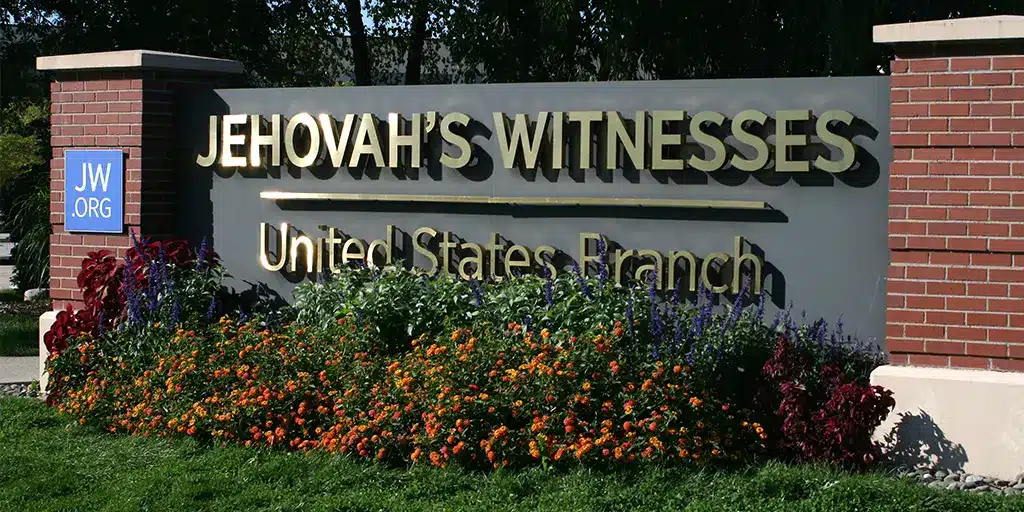
A Primer on Psychic Techniques
While some psychics claim to possess supernatural abilities, one cannot avoid skepticism and suspicion of fraud in the face of the evidence. Let’s take a brief look at the modus operandi of psychics and try to figure out what’s going on here. At the outset, I will acknowledge that not all psychic phenomena are hoaxes,…

The Watchtower Society
The Watchtower Society is a nineteenth century organization that governs Jehovah’s Witnesses worldwide. Witnesses believe that God Himself established this organization to represent Him on earth. They claim that the true understanding of the Bible can only be gained through the teachings of the Watchtower. The organization’s extensive literature is considered essential to the correct…

Assessing the Accuracy of Psychics
What can be make of the accuracy of psychics? Some people have assumed that psychics are incredibly accurate, but this is far from the case. Even psychics themselves admit that no psychic is infallible. My goal in this article is to challenge the notion of psychic accuracy and present the real facts. Former occultist and…

Jehovah’s Witnesses and the Doctrine of the Trinity
The word “Trinity” is not in the Bible. Jehovah’s Witnesses thus conclude that the concept of the Trinity has been artificially and wrongfully imposed onto Scripture. Witnesses assert that if people were to read the Bible cover to cover, approaching it without any preconceived notion of a Trinity, they would not naturally arrive at such…

Be Still
“God is our refuge and strength, an ever-present help in trouble. Therefore we will not fear, though the earth give way and the mountains fall into the heart of the sea, though its waters roar and foam and the mountains quake with their surging…. He says, ‘Be still, and know that I am God;…’” (Psalm 46:1-3, 10a) It would be so easy…

With Divine Retribution
When was the last time you sat down with the book of Isaiah for your devotions? Not the first book that comes to mind, is it? Still, if you are so inclined there’s a whole lot of really good stuff within the 1,292 verses of that prophetic book. For example, does this sound familiar? “For…

UFOs and the Occult Connection
Many UFO sightings can be easily dismissed as mistakenly identified planets, rocket launchings, weather balloons, and various atmospheric phenomena. Sometimes, however, sightings cannot be so easily explained. Indeed, the Air Force’s Project Blue Book could not provide a rationale for 700 out of 12,600 cases of sightings between 1947 and 1969, when the project was…

UFOs and Hard Evidence
UFOs are reported to appear seemingly out of nowhere, travel at phenomenal speeds across the sky, turn at impossible angles, and disappear without a trace. Given this, UFOs are scientifically very hard to explain. One researcher commented that “it is literally impossible to understand them within the space-time framework we use to interpret ordinary events.”[1]…

UFOs and the Possibility of Life on Other Planets – Part 1
The question as to whether there is extraterrestrial life in the universe has been debated from the beginning of recorded history. There are even records from the fifth century before Christ indicating man’s interest in the subject.[1] Democritus (460-370 BC), Epicurus (341-270 BC), and Lucretius (98-54 BC), for example, believed there were other worlds inhabited…

UFOs and the Possibility of Life on Other Planets – Part 2
SETI: The Search for ExtraTerrestrial Intelligence SETI stands for “Search for ExtraTerrestrial Intelligence.” This organization seeks to detect evidence of technological civilizations that may exist on planets orbiting other stars. Potentially, it is suggested, there are billions of locations outside our solar system that may contain life. It is SETI’s purpose to find some of…




